
Learn how to build a Shopify storefront with Node.js in this detailed, step-by-step tutorial, including testing your application.
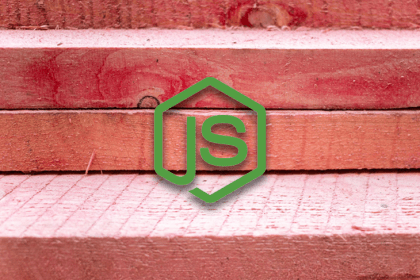
Learn about natural language processing in Node.js using the Natural library, including features like test classification and sentiment analysis.
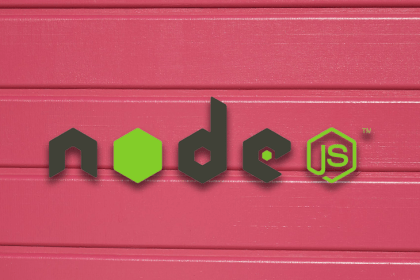
Explore the importance of unit testing in Node.js apps by building a demo app and testing it using Mocha, Chai, and Sinon.

Compare a few popular Node.js frameworks, including Express, Koa, Socket.io, Fastify, and NestJS, according to their usage, features, disadvantages, downloads, and more.
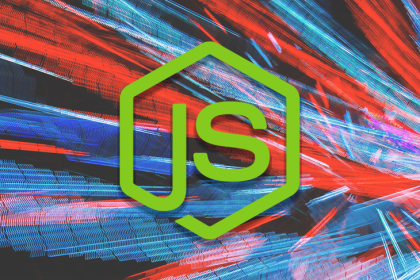
Learn about the features of an open source Node.js admin panel, AdminJS, and see how to use it to build a full-stack application.
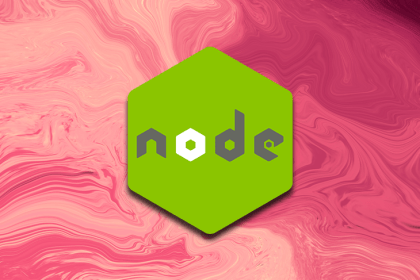
In this tutorial, we will explore maintaining thorough API documentation using Swagger with an Express.js API in Node.js.

In this article, we will describe how to export a simple REST API from Express.js to Wayne.js for service worker routing.

Two new runtimes, Deno and Bun, have brought a lot of hype for the features they present over Node. Learn how Node stacks up in this post.

npm query for better dependency managementLet’s discuss why it’s important to inspect dependencies, review npm query examples, and explore ways to format and manipulate its output.
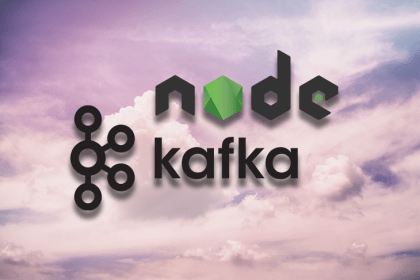
Durable pub-sub builds make for faster apps. Learn why Kafka is a better choice for pub-sub over simple HTTP requests and more in this post.
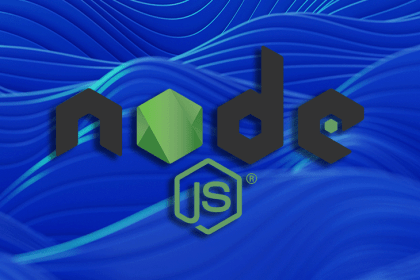
Learn how to use Socket.IO with Node.js for real-time data communication for your applications.
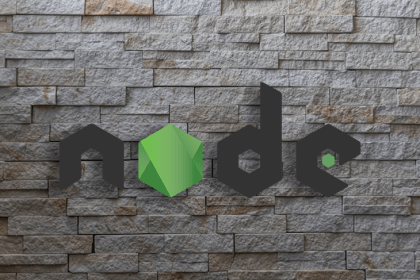
Learn about the experimental Node.js v18.8.0 snapshot flags feature, which allows you to generate run-time user-land snapshots.